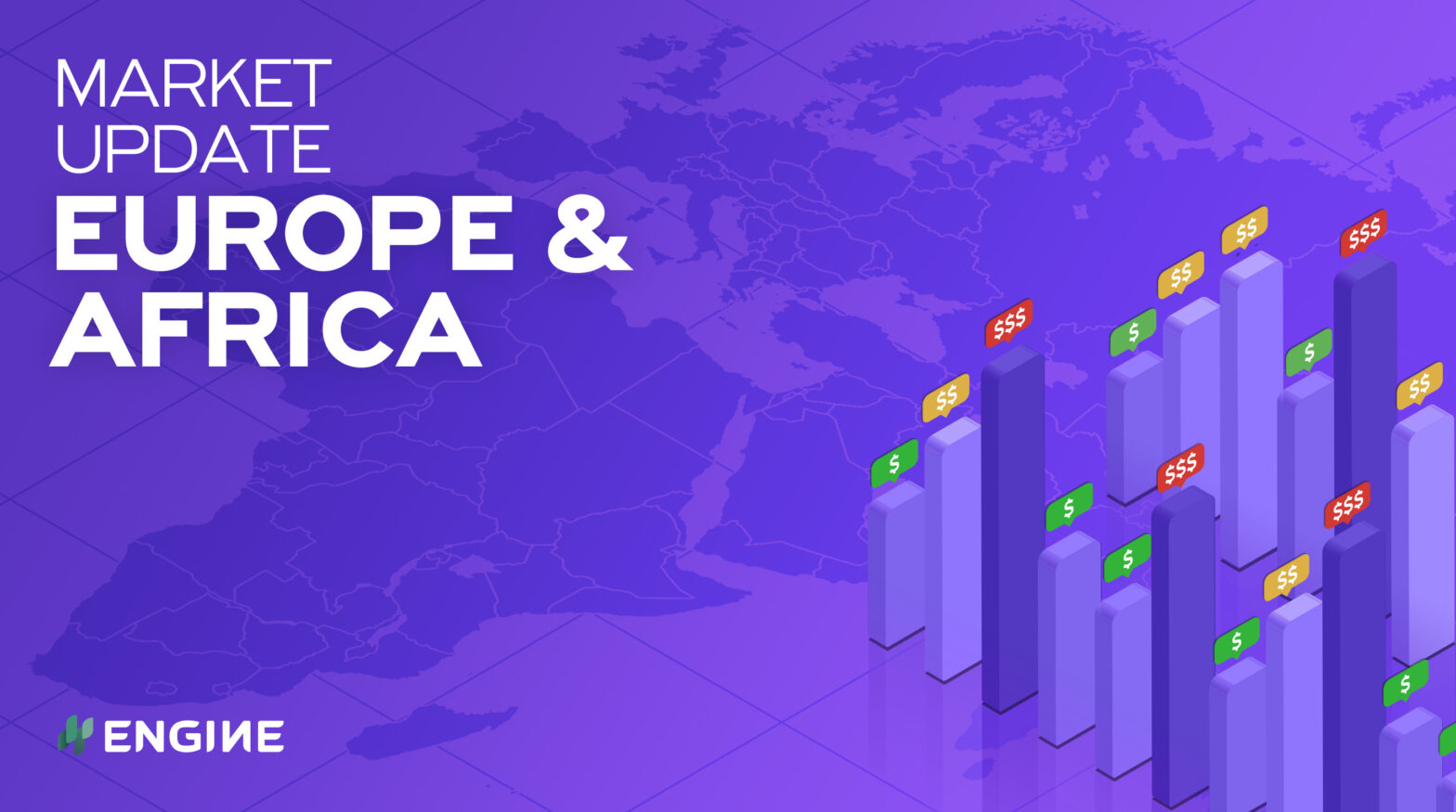Bunker prices have bounced back up again with help from Brent, and LSMGO prices have rallied to widen spreads to VLSFO.
Changes on the day from last Friday, to 08.00 GMT today:
- VLSFO prices up in Durban ($22/mt), Rotterdam ($7/mt) and Gibraltar ($3/mt)
- LSMGO prices up in Durban ($24/mt), Gibraltar ($20/mt) and Rotterdam ($15/mt)
- HSFO prices up in Rotterdam ($8/mt) and Gibraltar ($7/mt)
LSMGO prices have jumped across European and African bunkering ports since Friday. Gains for LSMGO have also outpaced those for VLSFO in Gibraltar and Rotterdam in recent weeks.
In the past month, LSMGO prices have come up by 10-12% in Rotterdam and Gibraltar, compared to only 7-8% for VLSFO.
- Rotterdam’s LSMGO-VLSFO spread has widened from $72/mt on 5 September, to $95/mt today
- Gibraltar’s LSMGO-VLSFO spread has widened from $104/mt on 5 September, to $137/mt today
The ports’ spreads between the two fuel grades are at their widest since August 2019, when the IMO’s 0.50% sulphur cap had yet to be introduced and demand for the newly introduced VLSFO grade was still tepid.
ARA’s gasoil inventories have slumped below their five-year average. Stockpiles have gradually come down this year after a massive stock build when the pandemic crushed demand last year.
LSMGO has tightened in Las Palmas’ bunker market after a supplier ran out of product. There are no immediate prospects for resupply.
Swells continue to pose problems for outer anchorage bunkering in Las Palmas. A period of lower swells yesterday and today is forecast to be overtaken by higher swells from tonight until Wednesday, potentially suspending outer anchorage bunkering again.
There is some congestion in Gibraltar this morning, with five vessels waiting to bunker with a supplier, MH Bland says.
Brent
Front-month ICE Brent crude has risen by $1.66/bbl on the day from last Friday, to $79.34/bbl at 08.00 GMT today.
Global vaccination campaigns and economic recoveries have brought oil demand back faster than expected, especially in Asia. Coupled with supply disruptions in the US, the global crude inventory drawdown has accelerated.
Vitol’s head of Asia Mike Muller told a Gulf Intelligence webinar yesterday that global demand growth will continue to outpace supply increases towards the end of the year, according to S&P Global Platts.
“…the underlying fact remains as it has been for months that demand is causing a disappearance in inventories a lot faster than the 400,000 b/d that OPEC is proposing to put on the market. At the very time OPEC has it in their hands to take global inventories down to or below pre pandemic levels, the world wants more inventory,” he said.
Under the current OPEC+ output plan, the group will continue to phase 400,000 b/d of its oil cuts back into the market in monthly increments until April 2022. The phase-back will then increase to 432,000 b/d per month from May 2022.
The group is meeting virtually today. OPEC+ sources have indicated to Reuters that more supply could be added from November at the earliest.
OPEC+’s Joint Technical Committee has cautioned that tight gas markets and surging prices could trigger more utility companies in Europe to switch to oil-based replacements, especially if the winter gets cold.
Crude prices will likely be supported if OPEC+ sticks to its current output plan, and come under pressure with an output increase, ING strategists Warren Patterson and Wenyu Yao say.
